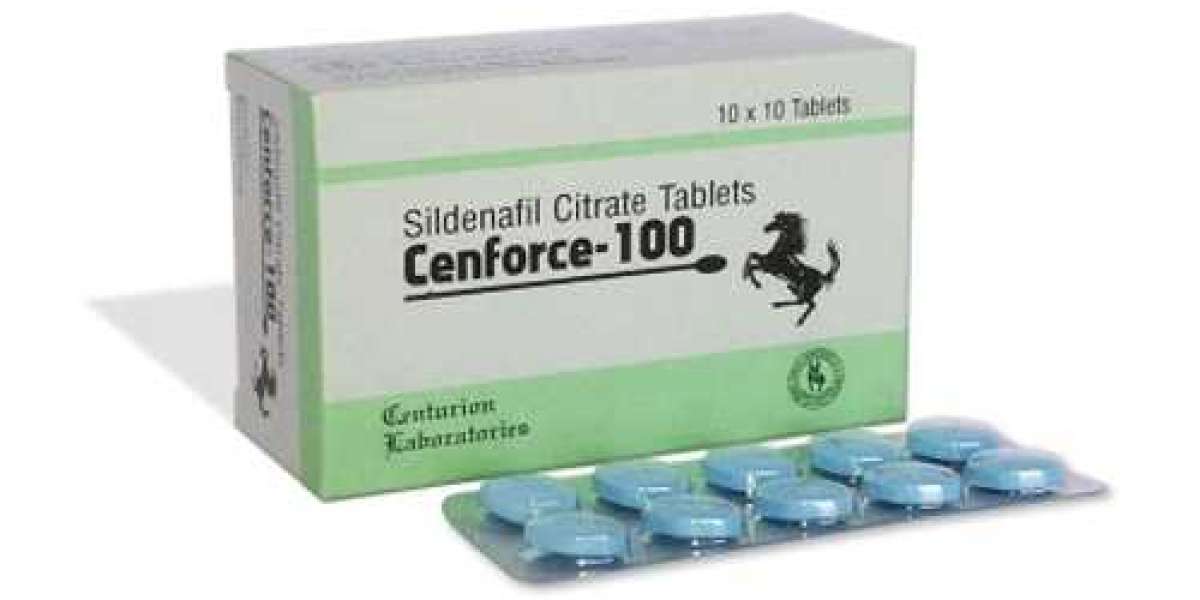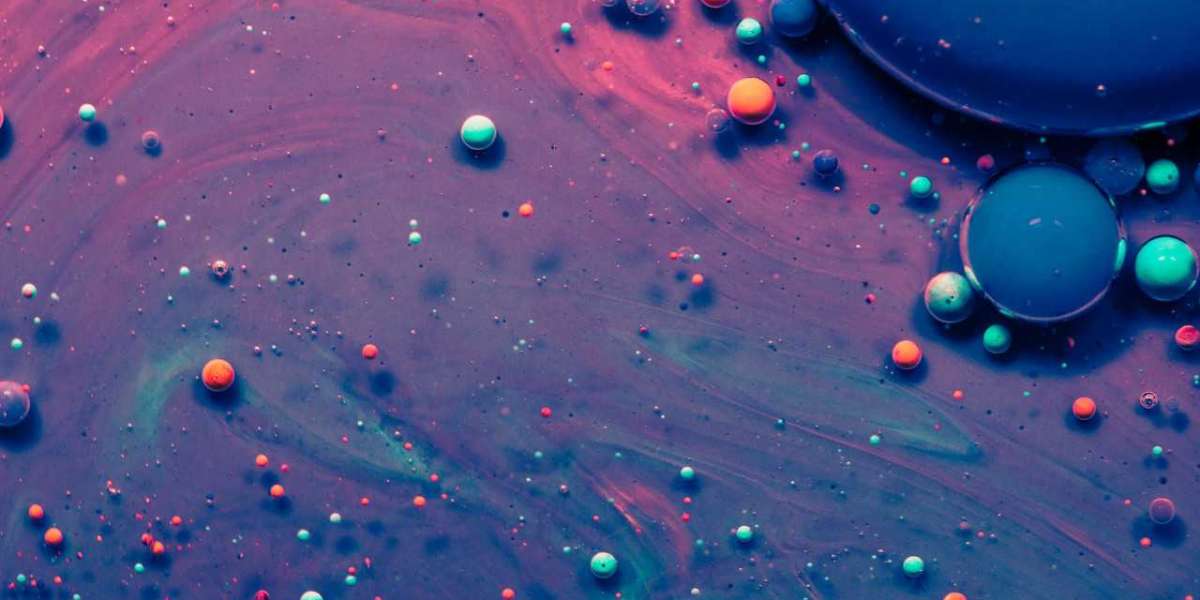Green initiatives in long beach high rise condos for sale have become increasingly prevalent in the modern urban landscape. These initiatives represent a concerted effort to reduce the environmental impact of high-rise living while creating healthier, more sustainable communities. From energy-efficient designs to innovative waste management systems, here are some of the key ways skyscraper apartment buildings are embracing green initiatives.
Many new skyscraper apartment buildings are designed with sustainability in mind. This starts with the building's architecture, often incorporating features like energy-efficient glass facades, natural ventilation systems, and advanced insulation to reduce energy consumption. To minimize energy consumption, skyscraper apartment buildings utilize a range of energy-efficient technologies, such as LED lighting, smart thermostats, and low-energy HVAC systems. Some skyscrapers also feature regenerative elevators that recapture and store energy during use. Some high-rise apartment buildings integrate renewable energy sources, such as solar panels or wind turbines, to generate clean electricity, reducing the building's reliance on traditional fossil fuels.
Skyscraper apartments often incorporate efficient waste management and recycling systems, including designated areas for recycling and composting, and strategies for reducing overall waste production through compostable packaging and responsible purchasing practices. Green skyscrapers implement water-saving technologies like low-flow fixtures, dual-flush toilets, and rainwater harvesting systems, reducing water consumption and lowering the strain on local water resources.
Some skyscraper apartment buildings feature green roof gardens, which offer multiple benefits, including insulation, improved air quality, reduced heat island effects, and enhanced aesthetics. Urban agriculture initiatives, such as hydroponic or rooftop gardens, may also be incorporated, providing residents with locally grown produce and promoting food self-sufficiency.
To encourage responsible energy usage, skyscraper apartments often employ energy monitoring systems that allow residents to access real-time data on their energy consumption. Community engagement in eco-friendly programs, such as tree planting, neighborhood clean-up events, and environmental education initiatives, is another common aspect of green initiatives in skyscraper apartment buildings.
Furthermore, some skyscraper apartment buildings provide electric vehicle (EV) charging stations in their parking facilities to promote cleaner transportation. They also offer bicycle storage facilities and amenities like repair stations to encourage cycling as a sustainable mode of transportation. Additionally, these buildings often seek certifications such as LEED, Green Globes, or the International Living Future Institute's certification to confirm their commitment to sustainability and environmental responsibility.
The adoption of green initiatives in skyscraper apartment buildings reflects a broader global effort to combat climate change and reduce the ecological footprint of urban areas. By implementing sustainable practices and technologies, these buildings contribute to a more environmentally friendly and resilient urban environment. Green skyscrapers not only enhance the quality of life for their residents but also serve as models for sustainable urban development and a greener, more eco-conscious future. As urbanization continues, it is essential that green initiatives in skyscrapers remain a key focus to create thriving, sustainable cities.








